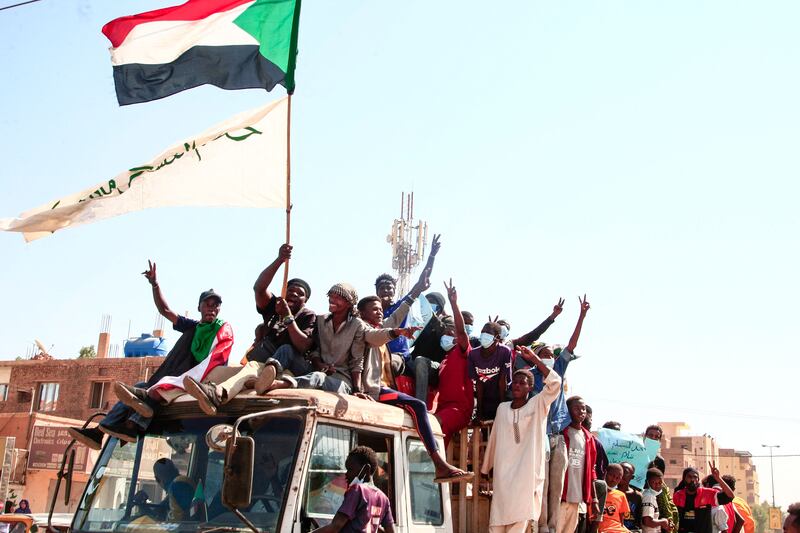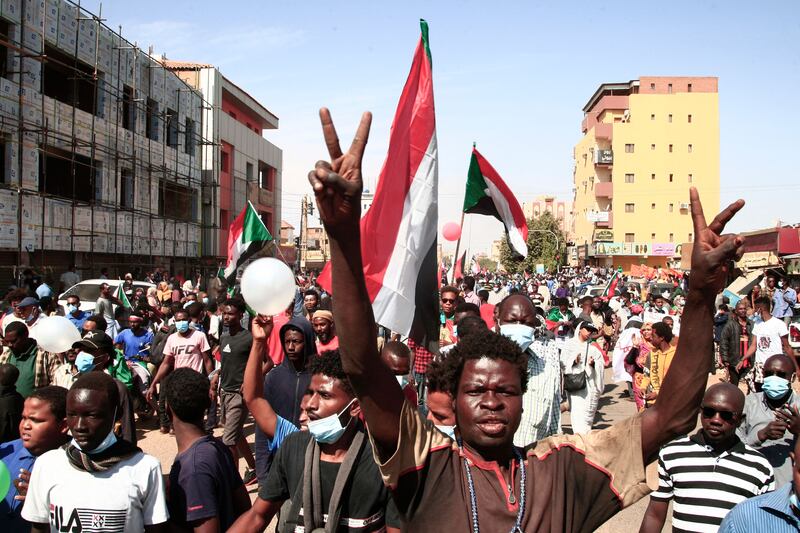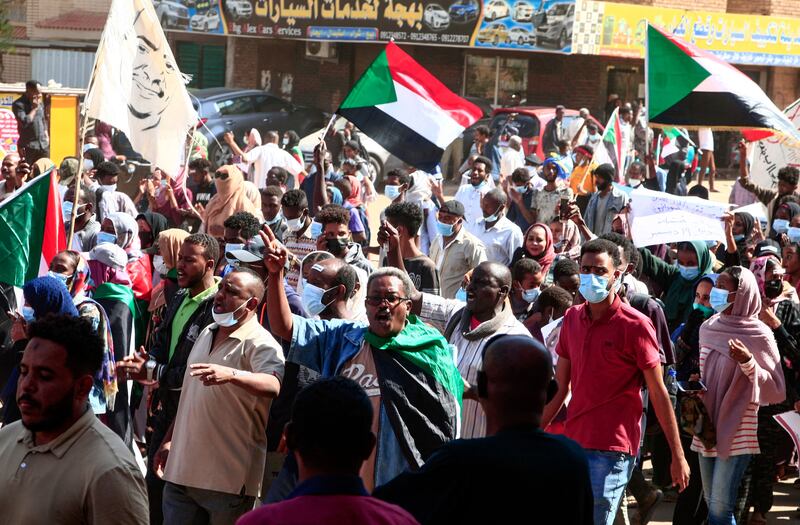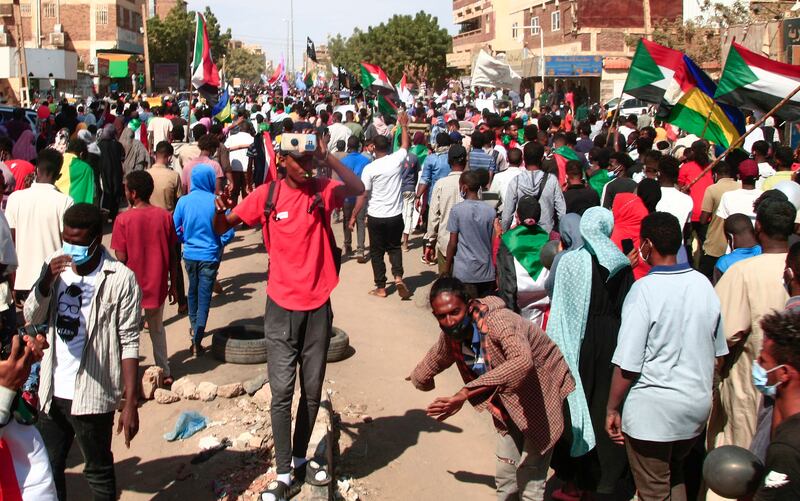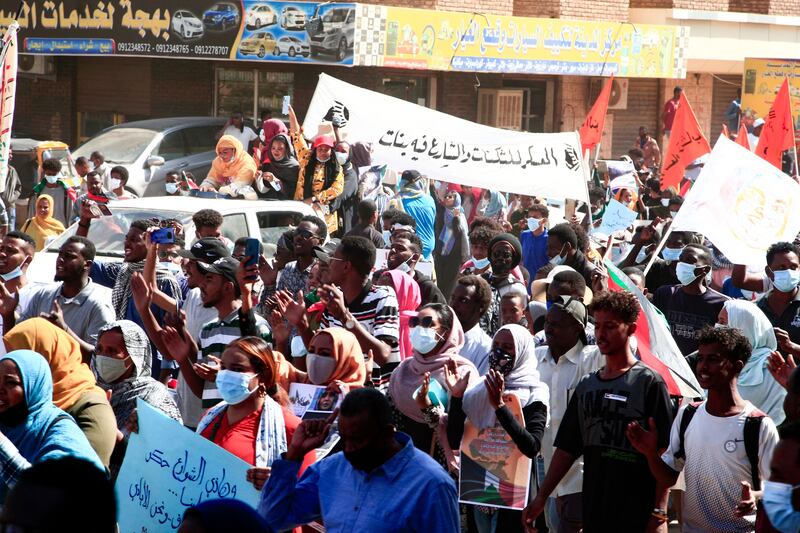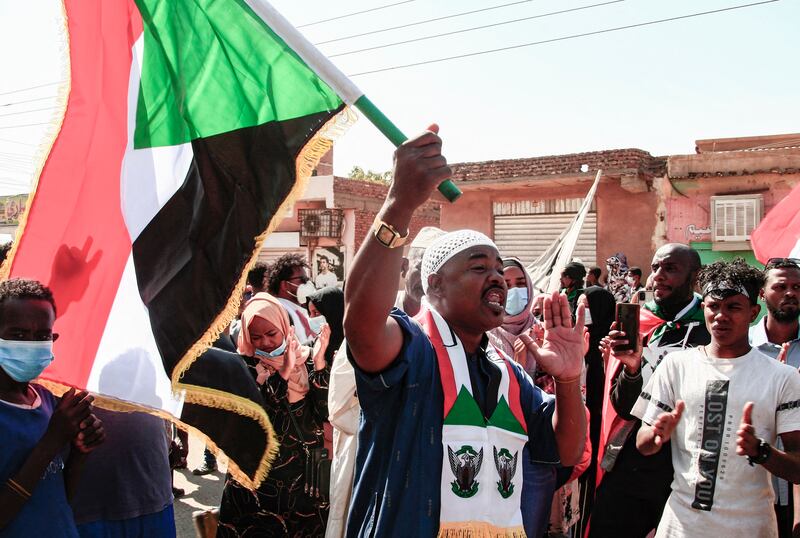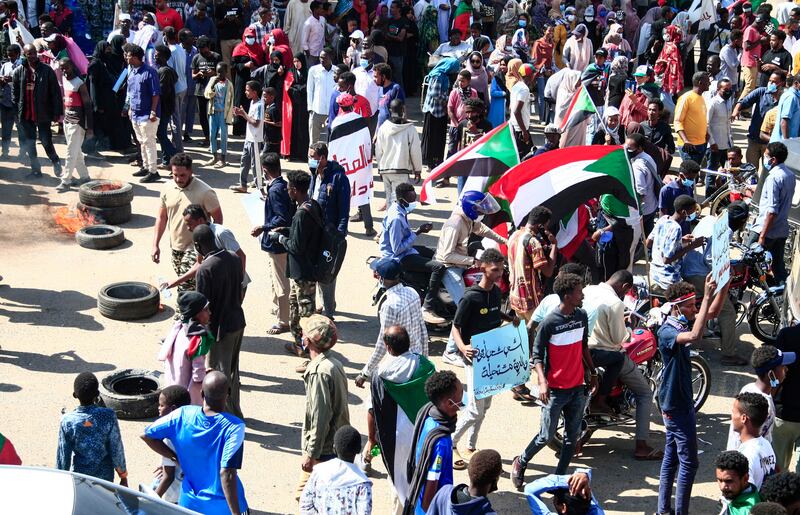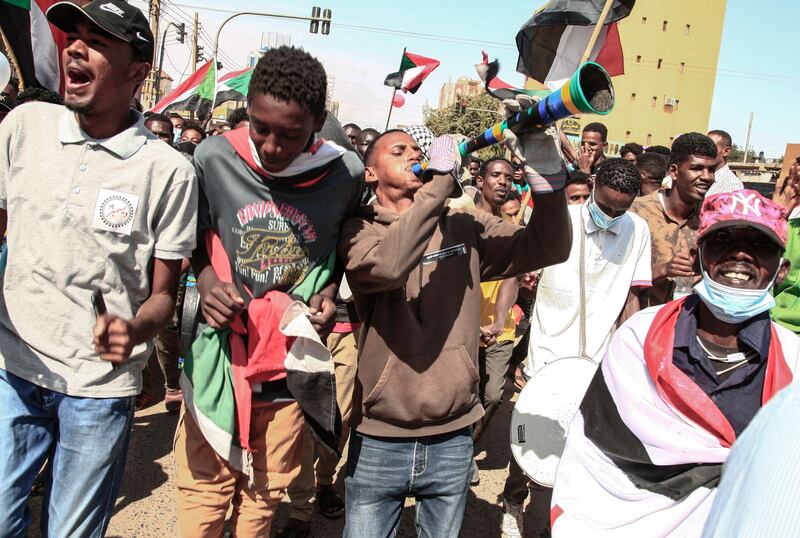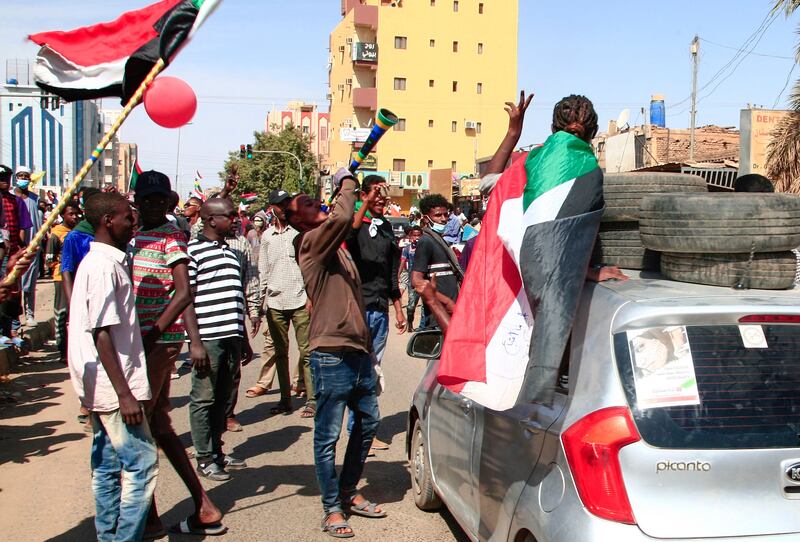At least one person was killed and 331 injured when security forces used live rounds, rubber bullets and tear gas to disperse tens of thousands who took to the streets of Khartoum on Sunday to demand an end to military rule in Sudan, an authoritative medical group said.
The protests in Khartoum and elsewhere in the country were among the largest since a military takeover in October derailed Sudan's democratic transition and led to a political crisis.
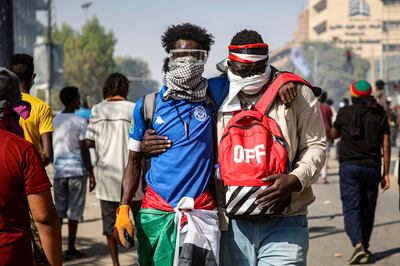
A November 21 deal that reinstated Abdalla Hamdok, the prime minister of the civilian-led government dismissed by the military, fuelled street protests. For the protesters, the deal turned the former UN economist from a symbol of hope to a traitor.
The Doctors' Central Association identified the person killed on Sunday as Mohammed Magzoub Mohammed Ahmed, 28. It said he was shot in the chest with a live round at the Khartoum district of East Nile.
The association is linked to the pro-democracy movement but has a reputation for meticulously verifying and tallying casualties of political violence since the December 2018 start of a popular uprising against dictator Omar Al Bashir.
It said the 331 suffered injuries caused by rubber bullets, stun grenades and tear gas. It listed only three cases of protesters suffering live gunshot wounds, besides Mr Ahmed.
In a separate report, the Health Ministry said 123 people were injured in Sunday's violence, and all but two were in Khartoum. The other two were in Kassala, in eastern Sudan. The report made no mention of fatalities.
There was no immediate explanation for the discrepancy, but government figures on casualties during protests have routinely been on the conservative side.
Khartoum appeared tense on Monday, with hundreds of troops backed by armoured vehicles deployed across the city at intersections and near Nile bridges. Traffic in the sprawling metropolis was also unusually congested on Monday. There were no reports of renewed protests.
On Sunday, protesters were initially denied the use of Nile bridges linking the capital’s three main districts.
A tight security ring was thrown around the presidential palace and the headquarters of the military, both of which are in central Khartoum.
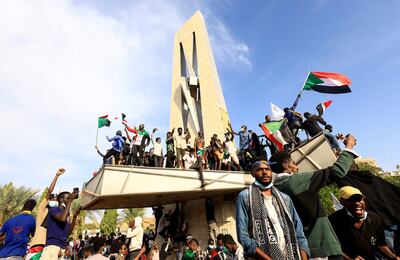
But the protesters, showing determination not seen in post-takeover rallies, braved tear gas and stun grenades, breaking through the lines of troops and police to march on the palace. Several thousand reached the palace’s gates and intended to stage a sit-in protest outside its walls.
Additional security forces later arrived at the scene and dispersed them with volleys of tear gas fired at quick succession, according to witnesses.
Sunday’s rallies, given their size and the resolve shown by their participants, have increased the pressure on Mr Hamdok and Gen Abdel Fattah Al Burhan, the army chief and leader of the October takeover.
The pair will now have to quickly find a way out of the crisis or face renewed unrest that could spiral out of control and push the country towards chaos.
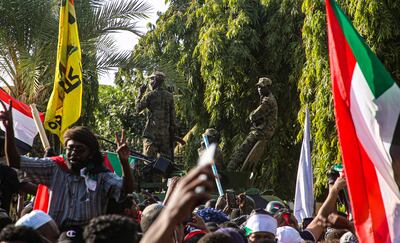
Sunday’s rallies marked the third anniversary of the start of the 2018 popular uprising that forced the military to remove Al Bashir from power in April 2019.
Behind the latest rallies are the Sudanese Professionals’ Association, the Forces for Freedom and Change, and the Resistance Committees, three main groups that engineered that 2018-2019 uprising.
“We call on our people to continue escalating resistance against the coup until power is handed over to the people,” the Forces for Freedom and Change said late on Sunday.
“The people will triumph and the December Revolution will not be defeated … we call on all forces of revolution and change to rally behind one popular front not just to defeat the coup but to build a new nation.”
